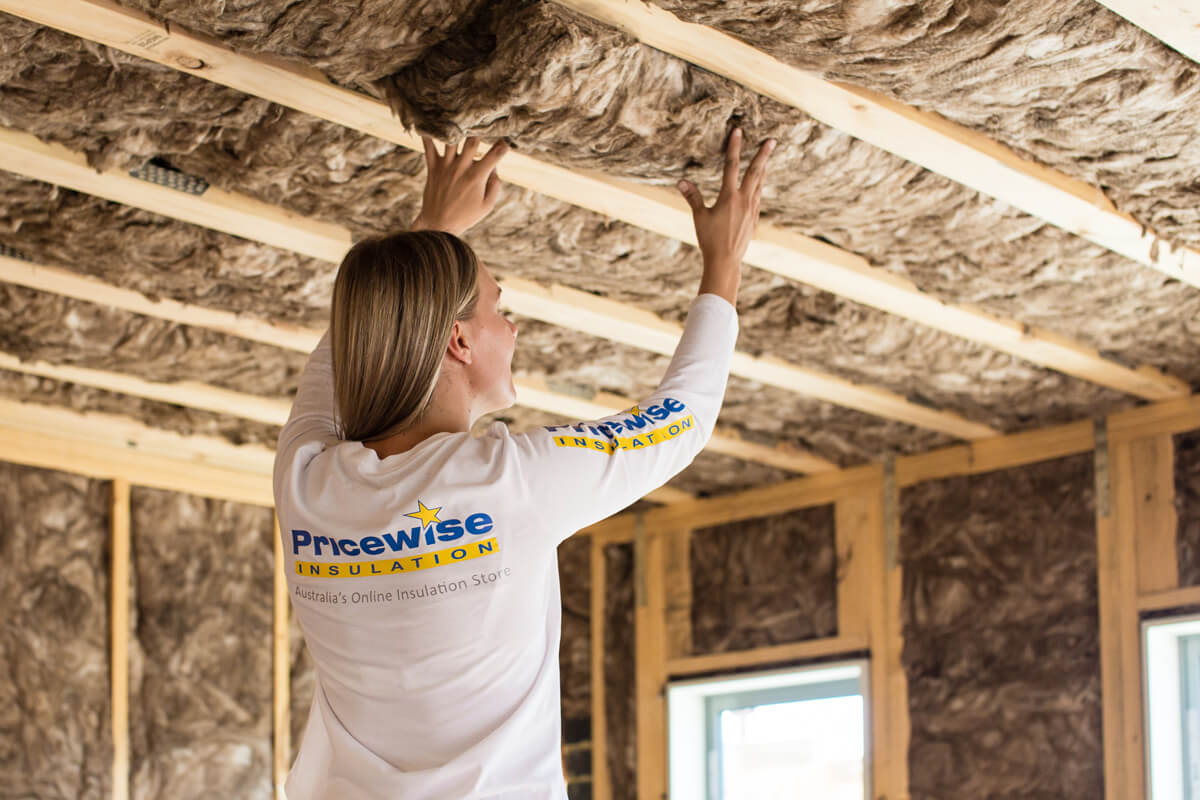Flat roofs present unique challenges when it comes to maintaining comfortable indoor temperatures and protecting the building from external elements. Effective roof maintenance requires proper insulation to regulate thermal energy and prevent heat loss or gain. In this comprehensive guide, we explore the various insulation materials suitable for flat roofs and considerations for selecting the right option for your building to get roof maintenance.
Types of Flat Roof Insulation Materials
Polyisocyanurate (Polyiso) Insulation
Polyisocyanurate insulation, commonly referred to as Polyiso, is a popular choice for flat roof applications due to its high R-value and thermal efficiency. Composed of closed-cell foam, Polyiso offers excellent insulation properties while remaining lightweight and easy to install. However, it is essential to consider its susceptibility to moisture absorption and compatibility with roofing materials.
Expanded Polystyrene (EPS) Insulation
Expanded Polystyrene (EPS) insulation is another widely used option for flat roof insulation. Made from expanded polystyrene beads, EPS offers good thermal performance and moisture resistance, making it suitable for various climate conditions. Additionally, EPS insulation is lightweight, cost-effective, and easy to handle during installation.
Extruded Polystyrene (XPS) Insulation
Extruded Polystyrene (XPS) insulation is a dense, closed-cell foam board known for its durability and moisture resistance. XPS insulation retains its thermal properties even when exposed to moisture, making it ideal for flat roof applications where moisture infiltration is a concern. However, it is essential to consider the environmental impact of XPS insulation due to its manufacturing process and non-biodegradable nature.
Factors to Consider When Choosing Insulation Materials
R-Value and Thermal Performance
When selecting flat roof insulation materials, it is crucial to consider their R-value, which measures their thermal resistance. Higher R-values indicate greater insulation effectiveness and energy efficiency, helping reduce heating and cooling costs over time.
Moisture Resistance and Water Vapor Permeability
Flat roof insulation materials should have adequate moisture resistance to withstand potential water infiltration and prevent damage to the building structure. Additionally, they should exhibit proper vapor permeability to allow moisture vapor to escape, reducing the risk of condensation and mold growth within the roof assembly.
Compatibility with Roofing Systems
Insulation materials must be compatible with the specific roofing system used on the building to ensure proper installation and long-term performance. Compatibility considerations include the type of membrane roofing materials, attachment methods, and environmental factors that may affect the performance of the insulation.
Installation Methods and Techniques
Mechanically Attached Insulation
Mechanically attached insulation systems involve securing insulation boards to the roof deck using mechanical fasteners such as screws or nails. This installation method provides reliable attachment and stability, making it suitable for various flat roof applications.
Fully Adhered Insulation
Fully adhered insulation involves bonding insulation boards directly to the roof substrate using adhesive materials. This method offers excellent wind uplift resistance and creates a seamless insulation layer, but it requires careful surface preparation and proper adhesive application for optimal performance.
Ballasted Insulation
Ballasted insulation systems utilize heavy ballast materials such as gravel, pavers, or concrete slabs to secure insulation boards to the roof surface. The weight of the ballast provides stability and wind resistance while protecting the insulation from UV exposure and thermal fluctuations. However, proper ballast distribution and installation are critical to prevent roof membrane damage and ensure long-term performance.


